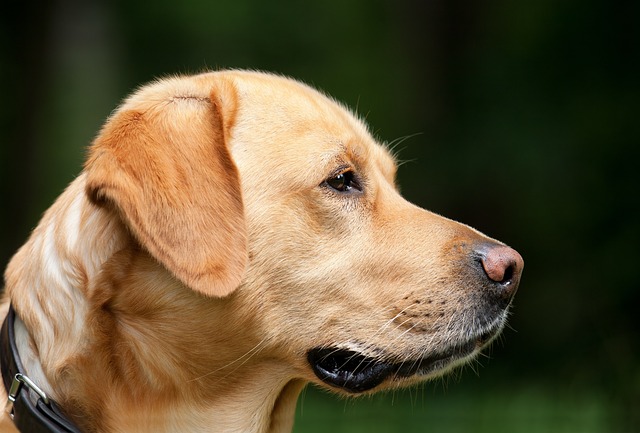
what to put on dogs paws to stop licking
You’re sitting on the couch, and your pup curls up beside you—only to start gnawing at their paw like it’s a chew toy. At first, it’s cute, but after 10 minutes of nonstop licking
You’re brushing your golden retriever after a morning hike, and notice her squinting—one eye looks a little red, with a crusty corner. Panic hits: “Should I grab my eye drops?” But pause. A dog’s eyes aren’t just smaller versions of ours; their delicate tissues and unique tear chemistry mean the “best” solution depends on their needs. Let’s cut through the confusion: the right eye solution keeps their peepers comfortable without irritation, and it starts with understanding what makes their eyes different.
Here’s the science: A dog’s tear film has three layers—oil, water, and mucus—that work together to protect the cornea, which is thinner and more scratch-prone than ours. Human eye drops often have preservatives or decongestants (like the ones in your “redness relief” bottle) that break down this film, causing stinging or even corneal damage. My vet in Texas, who treats lots of bulldogs (breeds with flat faces are prone to dry eyes), puts it bluntly: “Using human drops on a dog is like putting dish soap in a fish tank—it disrupts their natural balance.” For example, drops with phenylephrine, common in human products, can spike a dog’s blood pressure dangerously.
So, what works? Start with vet-approved artificial tears. Brands like Nutri-Vet or Pet King Brands make lubricating drops that mimic a dog’s natural tears—no harsh additives, just gentle moisture. My neighbor in Arizona uses these for her Chihuahua, who gets dry eyes in the desert heat. She applies 1 drop per eye after walks, and he stopped rubbing his face on the carpet. For flushing out dirt (like after a romp in the park), sterile saline solution (isotonic, no additives) is perfect. It’s like a gentle rinse—squirt a little in, let your pup blink, and the gunk comes out. Just avoid “contact lens solution”—it’s too harsh.
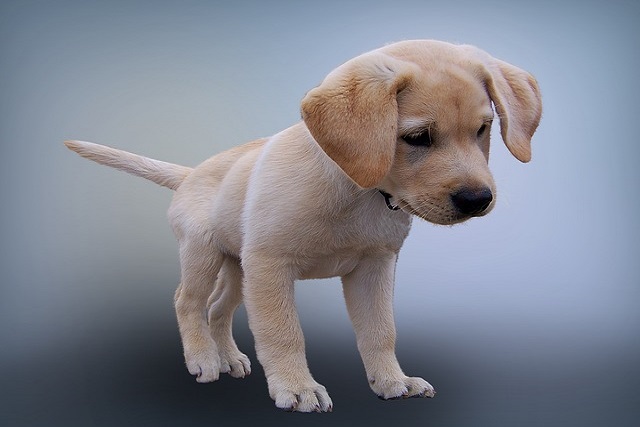
If your dog has tear stains (those reddish streaks on white Shih Tzus or Maltese), try a mild, pH-balanced rinse with aloe or chamomile. My cousin in Florida swears by one—she dabs it on with a soft cotton ball every night, and her Maltese’s “tear tracks” faded in a week. Never use peroxide or alcohol-based solutions; they burn the sensitive skin around the eyes.
Applying it right takes patience (and treats). Sit on the floor with your dog, pet her gently, and offer a tiny piece of cheese to relax her. Tilt her head back slightly, use one hand to lift the upper lid just enough to make a small pocket, and squeeze 1-2 drops into that space. Avoid touching the dropper to her eye—germs or scratches happen easily. Praise her like she’s won a prize afterward: “Good girl! What a brave pup!” Positive reinforcement turns a chore into bonding; scolding makes her fear the process, which makes next time harder.
For apartment living, run a humidifier in winter—dry air from heaters dries out eyes, leading to more irritation. When at the dog park, steer clear of dusty patches or tall grass (specks love getting stuck in eyes). And always pack poop bags—fines in Seattle hit $250 for skipping this, and being a good neighbor means tending to both your dog’s eyes and the community. Don’t forget: annual vet checkups (where rabies vaccines, required in all 50 states, are updated) include eye exams to catch issues early.
The best eye solution? One that’s safe, matches their needs, and comes with patience. With the right pick, those bright eyes will stay clear—ready to light up when you grab the leash.

You’re sitting on the couch, and your pup curls up beside you—only to start gnawing at their paw like it’s a chew toy. At first, it’s cute, but after 10 minutes of nonstop licking

Picture your Golden Retriever, Cooper, hopping awkwardly across a Minneapolis sidewalk in January, lifting his paws from salt-covered ice while you wince in sympathy.
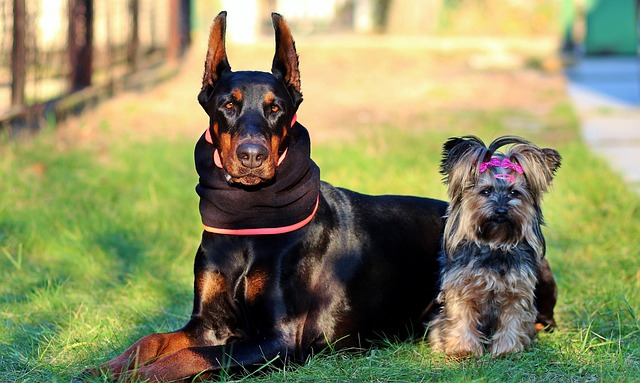
When your dog starts scratching nonstop, gnawing at their paws until they’re raw, or breaking out in red, inflamed patches, chances are they’re dealing with canine atopic dermatitis
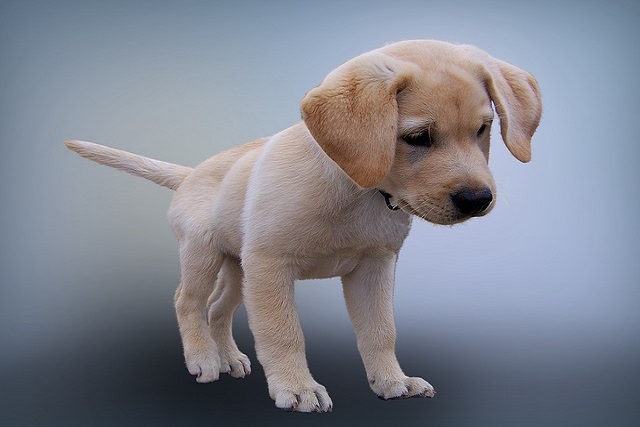
You’re brushing your golden retriever after a morning hike, and notice her squinting—one eye looks a little red, with a crusty corner. Panic hits: “Should I grab my eye drops?”

It’s a familiar panic for new pup parents: you notice your dog shaking their head like a wet rag, or scratching at their ear with a paw, and think, “Maybe their ears need a clean.”
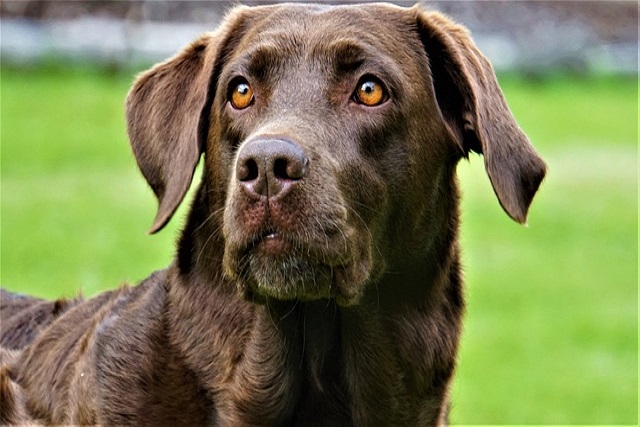
You’re curled up in your Chicago apartment when the sound starts: thump-thump-scratch-scratch as your Golden Retriever rakes her raw belly across the floor.